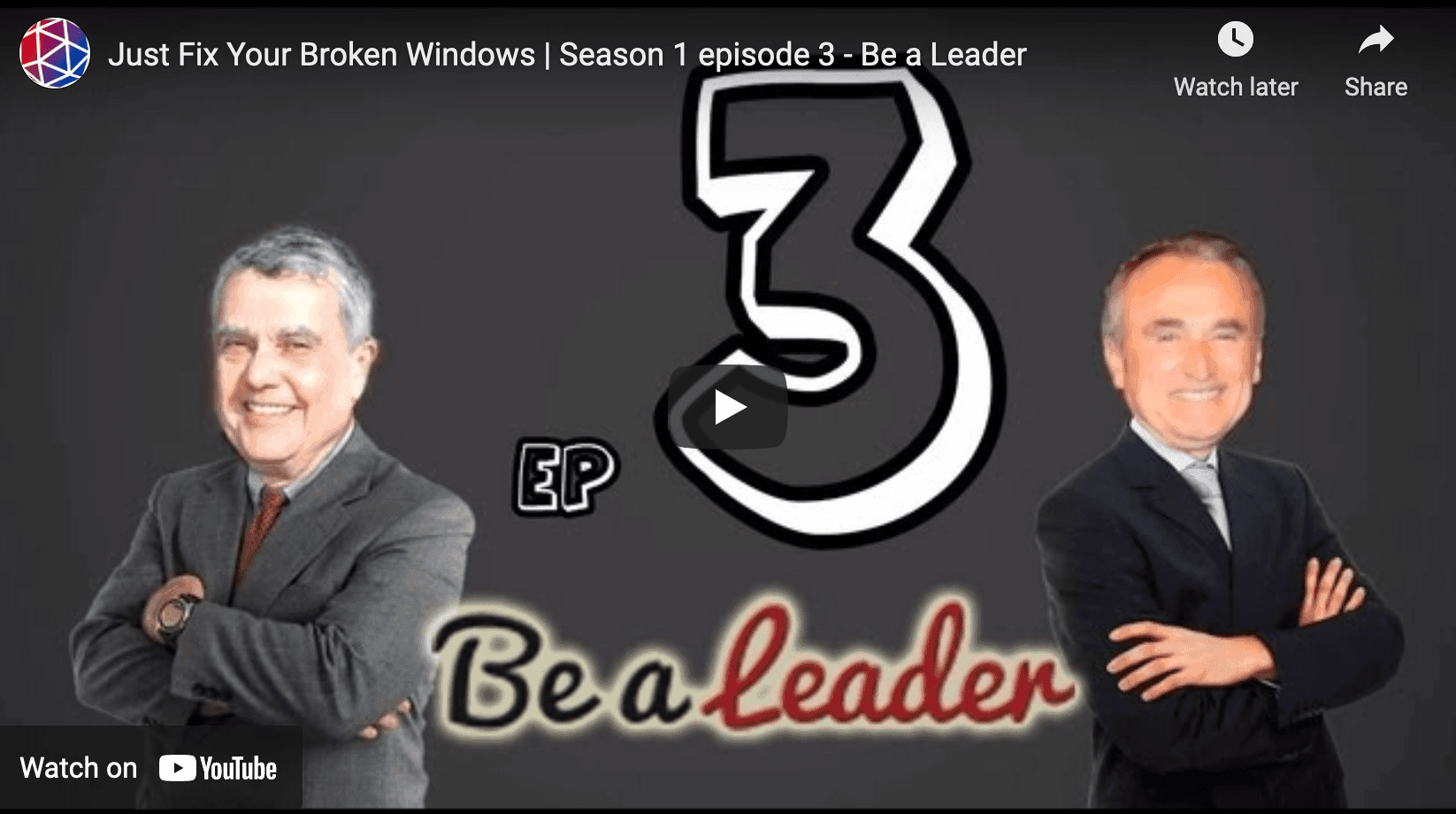In Creating A High-Value Anthrophillic Organisation, Start With Culture!

In our earlier article, we wrote about how we can look at the business from an anthropological lens (anthro-lens) in light of unprecedented changes and market disruptions around the world. This is fundamentally changing the business, organisation and talent landscape in which we are operating.
We continue to provide insights aimed at enabling organisations to steer their resources into its most valuable use so that people can redirect their talent and energy to where it matters most, in line with anthropological changes that are happening in and around them.
Revisiting the war for talent
War for talent seems to be the preoccupation of our time. In fact, it is a symptom of a fundamental anthropological anomaly. It is an elusive mindset war which is a mirage that needs rethinking, as it venerates outsiders, and downplays the talent already residing within a company.
Recommended reading: From War For Talent To Victory Through Organisation
When mishandled, it sets up a competitive zero-sum game dynamics – which makes internal learning and knowledge transfer difficult. In the search for talent, making it an elusive self-fulfilling prophecy creates an attitude of arrogance and ignorance.
For all its worth, it is hazardous to a thriving organisational culture, resulting in:
- Diminishing team spirit
- Elitism as companies seek to single out and reward ‘heroes’
- Internal strife and competition
- Exacerbating office politics
- Glorifying external talents
- Marginalising internal talent bloom
Current disruptive organisational disconnections
Over time, the abovementioned disconnections can create systemic organisational imbalances that are detrimental to building a sound culture. It goes against the grain of natural anthropological principles of organisational symbiosis (mutually-beneficial relationships).
Its impact on organisational facets such as leadership, structure, people, processes and culture is as shown in Figure 1:

Figure 1
This might interest you: 4 Constraints Preventing Your Organisation From Becoming World-Class
When there is anthropological dissonance in terms of leadership, structure, people, processes and culture, the result is an endless stream of fire-fighting initiatives, controlling policies, unreasonable cost reduction goals, and destructive functional agendas that are aimed at solving short-term problems. Essentially, the deeper systemic issues remain unresolved.
The anthro-lens provides the principles, techniques and tools to integrate truthfulness, trust and thrust into the organisation to move as one coherent and high-value organisation.
Reframing the war for talent
Let’s use the war for talent as an example to explain the need for an anthrospective view for CEOs (chief executive officers) and human resources (HR) professionals to rethink their approach in building talent rather than biting talent.
To build long-term cultural excellence, companies should reframe their talent point of view (or TPOV) from the traditional “war for talent” to “investing in latent talent”.
HR professionals and CEOs need to think differently and look at the bigger scheme of things on how it will affect and impact the organisation’s anthro-culture.
As we know, culture is defined as a set of norms, values and practices to which people in an organisation subscribe to, and it usually begins with the CEO.
The CEO’s mindset has a major influence on the organisation’s culture as seen through Charles Handy’s four dimensions of organisational culture archetypes (refer Figure 2).

Figure 2
Dissecting the CEO comments mentioned in our previous article, and using Handy’s four dimensions of culture, it’s not difficult to deduce the type of organisational culture that is prevalent in each of them.
- “Even a monkey can manage that place!”
Depicts a task culture with excessive focus on task above employee well being. While such culture drives results, it encourages individuals to put their interests ahead of the organisation, resulting in constant conflicts. - “Fire that manager or your job is on the line!”
Represents a power culture where dissenting views are often ignored, contained or punished. While this approach drives results, it may stifle employee creativity and emotional connection, resulting in workplace inequality, discrimination, exploitation, corruption and complacency. - “Actually, I am the greatest risk for the company as I have no successors!”
Reflect a role culture where bending of rules is not welcome and it discourages staff from thinking out of the box. While such culture promotes order and drives specialisation, it also creates silos and limits information sharing, with only the CEO getting a total view.
4 pillars of organisational anthropology
If anthropology is the key to real value and lasting results, then how do we make it work? Four ‘anthrospective’ pillars must be addressed (refer Figure 3):
- archaeological – comparative study of past cultures through remnant artifacts.
- physical – comparative study of past and present human attributes that enable excellence.
- linguistic – comparative study of the linguistic communications style that builds harmony.
- cultural – comparative study of own and best cultures practices for success.

Figure 3
Achieving a synergy in these pillars will ensure an optimal mix for maximising organisational and business effectiveness.
Through the organisational anthropology (OA) lens of “participant observation and immersion”, the best combination can be synergised. OA methods utilise in-depth analysis and comparison of past and present information, trends, data and experiences, coupled with deep insights of “human factors” in business.
This enables organisations to develop an optimal culture and values that represent “thinking”, “feeling” and “doing”. These aspects can then manifest in its value creation which also attracts high value customers.
Anthropology is also the best predictor and lever of consumer and user behaviour. The dynamic blending of these four pillars is what defines the culture of an organisation in what people believe, say, think, feel, expect and attract.
The four pillars give us the anthrospective views to see things from a holistic and systematic perspective to help us resolve tensions in organisations.
How this insight helps your culture progress
An organisational culture founded on anthropology will drive human behaviour along natural lines that make value creation the main priority. This is in contrast to many of today’s organisations that are riddled with politics, back-biting, self-preservation and self-serving undercurrents.
When properly understood and acted upon, it would create a truly world class anthrophillic organisations like Southwest Airlines where people are at the heart of the organisation for creating value and meaning at the workplace.
When trust is integrated with truthfulness to the extent where people can feel safe to make things happen instead of working hard to cover their backs, real value is created in terms of service, delivery and experience. As organisations understand and act on these pillars, everything else will fall into place.
Suggested reading: Leadership And The Circle Of Safety
In addition, individuals apply their talent naturally through the five holistic PEACE Quotients.
- Passion Quotient
- Emotional Quotient
- Adversity Quotient
- Curiosity Quotient
- Enlightenment Quotient
By combining the four pillars of OA with the PEACE Quotients, we see a creation of a high-value anthrophillic organisation (see Figure 4) that will be reflected in its leadership, structure, people (talent), processes and culture.

Figure 4
And that, dear friends, is an ideal organisation to look out for.
The writers are passionate about creating better workplace. They are deeply curious in developing new ways to enhance organisational culture and effectiveness. To share your thoughts, email us at editor@leaderonomics.com. For more Consulting Corner articles, click here. To engage Leaderonomics Good Monday for your organisation’s culture needs, email info@leaderonomics.com.
Business
This article is published by the editors of Leaderonomics.com with the consent of the guest author.





